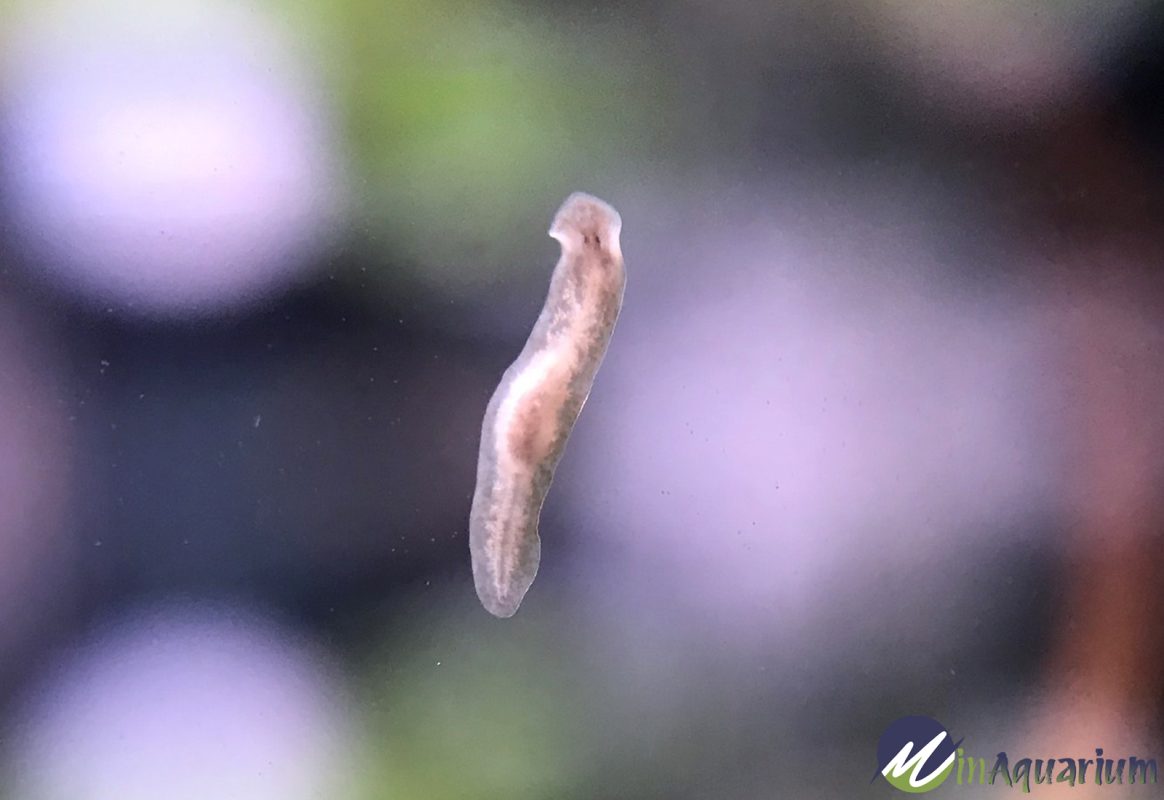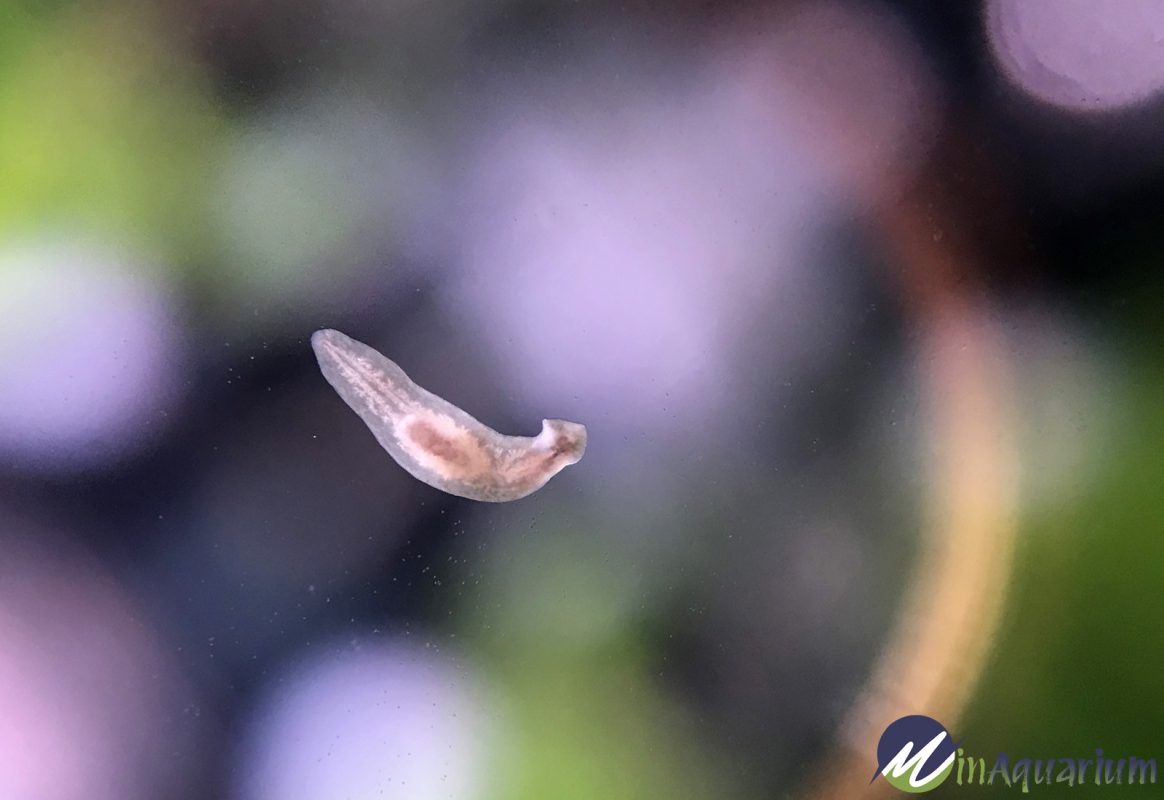Blogs
How to Kill Planaria in a Shrimp Tank – A Comprehensive Guide
Planaria are flatworms commonly found in shrimp tanks. They can pose a threat to your shrimp, particularly during molting, making it crucial to address this issue promptly. This guide presents various methods to effectively eliminate planaria from your shrimp tank, ensuring the well-being of your aquatic inhabitants.
Introduction
Planaria are flatworms that can infest your shrimp tank, posing a threat to your prized shrimp, especially during their vulnerable molting stage. These flatworms can compete for food, irritate shrimp, and even prey on baby shrimp. Fortunately, several effective methods can help you eliminate planaria from your shrimp tank without harming your shrimp or other tank inhabitants. In this comprehensive guide, we will explore various approaches, including chemical treatments, natural remedies, and biological control.

Chemical Treatments
1. No-Planaria Control in 72h
- Description: Contains natural Betel nut palm extract, safe for shrimp and plants.
- Usage: Remove snails, carbon filter, ensure aeration, dose according to instructions.
- Pros: Effective, easy to use.
- Cons: May require multiple treatments.
2. Benibachi – Planaria Zero
- Description: Also uses Betel nut extract as the active ingredient.
- Usage: Similar to No-Planaria Control in 72h.
- Pros: Effective, specifically designed for planaria control.
- Cons: May require multiple treatments.
Natural Remedies
3. Planaria Traps
- Description: Create traps using plastic bottles with holes and food to attract planaria.
- Usage: Place traps in areas where planaria congregate, remove and discard planaria.
- Pros: Chemical-free, effective for small infestations.
- Cons: May require multiple traps, labor-intensive.
4. Dog Dewormers
- Description: Dog dewormers containing Fenbendazole can be effective against planaria.
- Usage: Use cautiously, as it can be lethal to snails and cause ammonia spikes.
- Pros: Effective against severe infestations.
- Cons: Harmful to snails, requires water changes.
Biological Control
5. Planaria-Eating Species
- Description: Certain species such as Bettas, Neon Dwarf Rainbowfish, and Plecos consume planaria.
- Usage: Introduce these species to your tank, taking into account their potential impact on shrimp.
- Pros: Natural, effective for large infestations.
- Cons: May pose a threat to shrimp, requires careful monitoring.
Additional Considerations
- Monitor water parameters closely during treatment.
- Perform water changes to maintain water quality and prevent ammonia spikes.
- Carefully consider the impact of each method on your tank’s ecosystem.
FAQs
- Q: Can I use commercial shrimp dips to kill planaria?
- A: Not recommended, as many commercial dips can harm shrimp. Stick to specialized planaria treatments.
- Q: How long does it take to eliminate planaria?
- A: The duration can vary depending on the method used and the severity of the infestation. Chemical treatments may yield results within a few days, while natural remedies often require multiple applications.
- Q: Will planaria return after treatment?
- A: It’s possible for planaria to reappear if eggs survive the treatment. Repeat treatments or consider ongoing monitoring to prevent re-infestation.
Conclusion
Eliminating planaria from your shrimp tank requires a strategic approach that considers the well-being of your shrimp and the overall tank ecosystem. By carefully selecting a method from the various options presented in this guide, you can effectively control planaria infestations and ensure the health of your prized shrimp.
Key Takeaways:
- Planaria can pose a threat to shrimp, especially during molting.
- Chemical treatments, natural remedies, and biological control offer effective methods to eliminate planaria.
- Monitor water parameters and perform water changes during treatment.
- Consider the impact of each method on the tank’s ecosystem.
- Choose a treatment that aligns with your tank’s specific needs and inhabitants. Monitor interactions closely to avoid any harm to shrimp.

